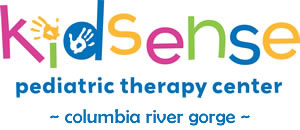What is Cranial Sacral Therapy?
We know that fluids of the body comprise 60-70% of our total body weight and inhabits multiple compartments. These fluids are in a continuous state of communication as well as in flux. There is constant change and renewal. Studies show, that most cranial sutures (lines between sections of the skull) remain mobile throughout a person's lifespan and most never completely ossify (bind or harden). Living sutures contain connective tissue, blood vessels and nerves. They maintain articular (vein and artery) function and serve as crossroads of metabolic motion and somatic (body) information. Cranial sacral therapy works with cranial sacral rhythmic impulses. Every 6-12 minutes there is movement of the cerebral spinal (CS) fluid through the body. Cranial sacral therapy connects with those subtle movements of the cranial impulses. By doing certain holds on the scull, spine and sacrum, as well as places throughout the body, the pathways are opened up for the Cerebral spinal fluid to flow freely and naturally. Treatment helps to regulate the central nervous system by opening up a clear pathway for CS fluid exchange. Waste products are created regularly from CS fluid as well as other parts of the body. If its not flowing it creates pockets of areas in the body and brain for disease. Fluid exchange is essential to health, so treatment helps calm the CNS and assist the body's systems to eliminate waste products. Rather than focusing on the disease, Biodynamic Cranial Sacral therapy listens to the health. It listens to the whole and focuses on what is right. Health guides the treatment. The embryo, in its perfect form, serves as a blue print for your body's ability to heal itself. The formative, absorptive, and regenerative fluid forces that
